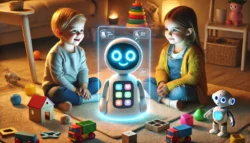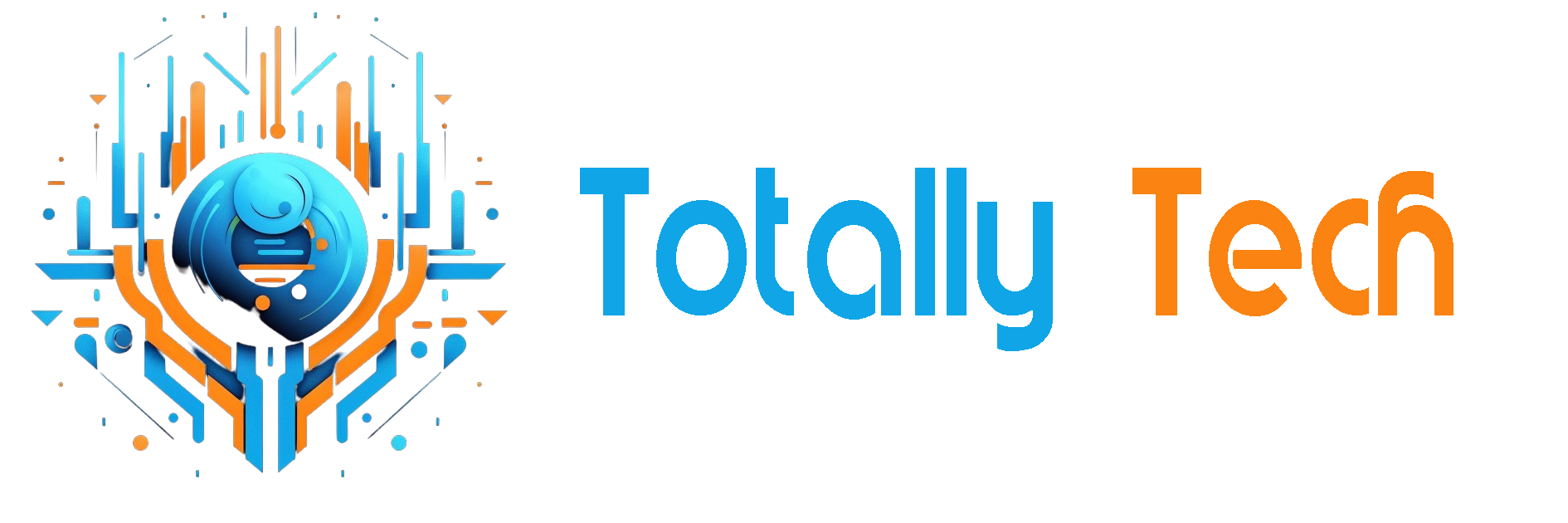
A child’s brain is an extraordinary learning engine, capable of absorbing information at an astonishing rate and forming complex cognitive, emotional, and behavioral connections during early childhood. This critical developmental period is now being shaped in new and extraordinary ways as AI moves beyond being a passive tool to an active participant in a child’s learning journey. AI is no longer just assisting educators, it is directly influencing how children learn, interact, and grow. Given the significance of early childhood development, it is crucial to examine both the opportunities and risks that come with AI’s integration into learning environments.
AI in Early Childhood Learning – A Growing Reality
Across the globe, young children are engaging with AI in various forms, from AI-enabled toys to voice assistants that facilitate interactive learning. The global AI in education market is projected to reach approximately USD 112.3 billion by 2034, reflecting a compound annual growth rate (CAGR) of 36.02%. This rapid expansion signals an extreme transformation in how early education is delivered, making AI an essential factor in discussions on child development.
While AI presents opportunities to enhance well-being and tackle global educational challenges, it also raises pressing concerns around security, equity, and long-term developmental impact. How AI is used in these formative years will influence academic growth and cognitive and social development. Understanding its role is key to ensuring responsible implementation by technology industries, policymakers, and caregivers.
Personalized Learning – AI as a Custom-Tailored Educator
One of AI’s most promising applications in early childhood education is its ability to personalize learning experiences in real time, adapting to each child’s unique pace, style, and preferences. Traditional education models often struggle with a one-size-fits-all approach or, at best, place children into segmented, homogeneous groups based on predetermined logic and similar learning paths. AI-driven platforms, on the other hand, analyze real-time engagement levels, comprehension, and performance metrics to dynamically adjust lessons.
For instance, AI-driven storytelling applications can modify the complexity of language in a book based on a child’s comprehension level, ensuring engagement while continuously improving literacy skills. Likewise, interactive AI tutors reinforce mathematical concepts through gamified experiences and real-time conversations with the child, making learning both effective and enjoyable. However, while AI personalizes content, human educators remain essential in fostering critical thinking, creativity, and social-emotional development—elements that AI alone cannot replicate.
Speech and Language Development – The Rise of AI-Powered Conversational Tools
AI-powered voice assistants and conversational bots are playing a growing role in language learning . These tools engage children in dialogue, provide real-time corrective feedback, and introduce new vocabulary in interactive ways. Unlike passive learning methods, conversational AI tools create immersive experiences that help young children build confidence in communication. A child will also not be afraid to make mistakes or fear judgment that may happen with human interactions.
However, while these tools offer valuable reinforcement, they should complement—not replace—human interactions. The nuances of emotional tone, facial expressions, and social context remain crucial in speech development and cannot be fully captured by AI-driven interactions.
AI-Driven Assessment and Feedback – Real-Time Insights for Educators and Parents
Traditional assessments in early education rely on periodic evaluations, which often fail to capture the nuances of a child’s learning journey. AI-powered analytics offer a more continuous and comprehensive assessment by tracking how children engage with educational content, identifying patterns in their responses, and highlighting areas that need additional support.
This data-driven approach allows educators and parents to intervene proactively, tailoring guidance based on real-time insights rather than waiting for formal assessments. Yet, it is important to ensure human oversight in interpreting AI-generated insights, as learning is more than just measurable data, it involves creativity, problem-solving, and emotional intelligence.
Bridging Learning Gaps – AI for Neurodivergent Learners
Children learn in diverse ways, and for those with neurodivergent conditions such as ADHD, autism, or dyslexia, traditional learning methods may not always be effective. AI-powered tools offer adaptive learning experiences, tailoring content to align with individual cognitive processing styles.
For example, AI-driven gamification can create structured yet flexible learning environments that engage neurodivergent children in ways that conventional classroom settings often cannot. By adjusting lesson formats, modifying sensory input, and providing real-time feedback, AI can support learners who may struggle with standard teaching approaches. However, care must be taken to ensure these tools remain inclusive, ethical, and free from biases that could limit their effectiveness for diverse learners.
Ethical Considerations – Balancing AI and Human Interaction
As AI becomes more deeply embedded in early education, critical ethical questions must be addressed-
- AI Bias and Representation – AI algorithms learn from existing data, which may contain biases. If not carefully monitored, AI-driven educational tools could reinforce inequalities rather than bridge learning gaps.
- Screen Time and Over-Reliance – Excessive screen time, even for educational purposes, can impact attention spans, sleep patterns, and physical activity levels in young children. A balanced approach is needed to integrate AI while maintaining real-world interactions.
- Data Privacy and Security – AI tools often collect vast amounts of data on children’s learning behaviors. Ensuring strict data protection policies is crucial to safeguarding children’s privacy and preventing misuse of sensitive information.
- Transparency – AI tools would be required to be transparent about how their systems work and how decisions are made. This helps build trust among students, parents, and educators.
- Training for educators and caregivers – AI tools should focus on enabling human interactions along with using the tool by providing educators with training on how to effectively integrate AI into their teaching. This can empower them to use AI tools to enhance their instructional strategies.
Ethical AI integration means using technology as an enhancement rather than a replacement for human educators. AI should serve as a tool to support learning, ensuring that children continue to develop social, emotional, and critical thinking skills through human interaction.
The Road Ahead – A Call for Thoughtful AI Implementation in Childhood Learning
The intersection of AI and early childhood learning presents a transformational opportunity, but its success depends on responsible implementation. If used thoughtfully, AI can empower educators, support parents, and unlock new possibilities for young learners. However, the path forward must prioritize-
- Stronger ethical frameworks to mitigate AI biases and safeguard data privacy.
- Guidelines for balanced screen time to ensure AI complements rather than replaces human interaction.
- Human oversight by ensuring that teachers and educators oversee AI-driven learning tools. They can provide the necessary context, personalize feedback, and offer emotional support that AI can’t.
- Inclusive AI models that address diverse learning needs, particularly for neurodivergent children. Inclusive AI also ensures that AI tools are accessible to all students, regardless of their background. This includes making technology available to underserved communities.
As AI continues to reshape early education, the decisions made today will define how an entire generation grows, learns, and interacts with technology. The goal is not to let AI dictate the future of childhood learning but rather to guide its evolution in an ethical, inclusive, and human-centric way.
By ensuring AI serves as an enhancement rather than a replacement, we can leverage its potential to create a more adaptive, engaging, and empowering early education landscape for future generations.
The post How AI is Transforming Early Childhood Learning appeared first on Unite.AI.



